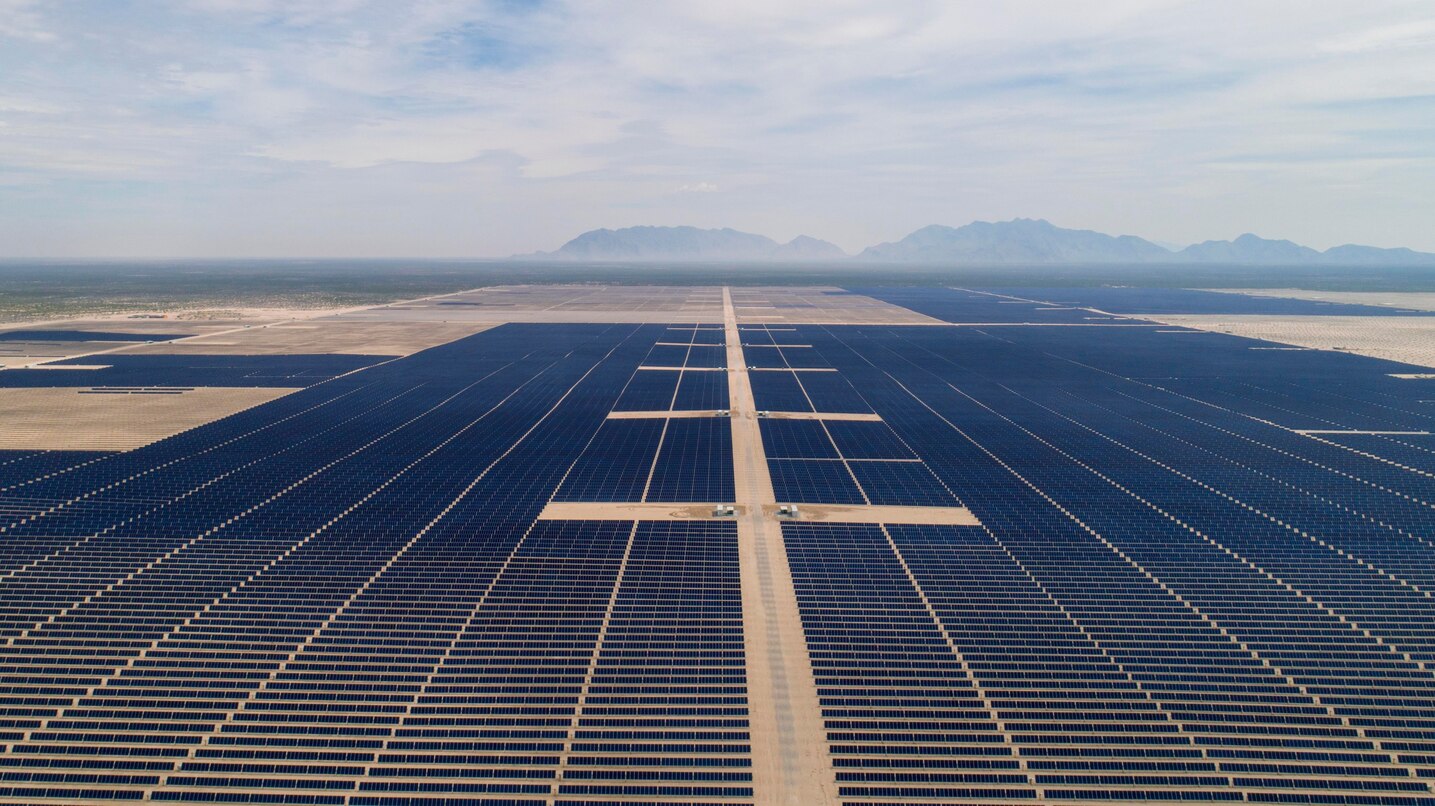- Courses
- GS Full Course 1 Year
- GS Full Course 2 Year
- GS Full Course 3 Year
- GS Full Course Till Selection
- Answer Alpha: Mains 2025 Mentorship
- MEP (Mains Enrichment Programme) Data, Facts
- Essay Target – 150+ Marks
- Online Program
- GS Recorded Course
- Polity
- Geography
- Economy
- Ancient, Medieval and Art & Culture AMAC
- Modern India, Post Independence & World History
- Environment
- Governance
- Science & Technology
- International Relations and Internal Security
- Disaster Management
- Ethics
- NCERT Current Affairs
- Indian Society and Social Issue
- NCERT- Science and Technology
- NCERT - Geography
- NCERT - Ancient History
- NCERT- World History
- NCERT Modern History
- CSAT
- 5 LAYERED ARJUNA Mentorship
- Public Administration Optional
- ABOUT US
- OUR TOPPERS
- TEST SERIES
- FREE STUDY MATERIAL
- VIDEOS
- CONTACT US
ECONOMICAL IMPACT OF DIGITIZATION OF LAND RECORDS
ECONOMICAL IMPACT OF DIGITIZATION OF LAND RECORDS
12-02-2024
On 8th February, Minister for Rural Development and Panchayati Raj, mentioned that the move to digitize land records and registrations by the government is projected to enhance India's GDP by around 1.5%.
Significant of Land
-
Livelihood Source:
- Land sustains diverse life forms, including humans, and is crucial for agriculture, supporting over half of India's workforce.
- It serves as a foundation for forestry, mining, and other income-generating activities, thereby creating employment opportunities.
-
Economic Value:
- As a significant asset, land attracts investments, facilitates industrial growth, and is key to initiatives like Special Economic Zones (SEZs) aimed at boosting export-oriented production.
- Land transactions can lead to capital gains, offering financial benefits under specific conditions.
-
Repository of Natural Resources:
- Land houses vital natural resources such as minerals, water, and forests, indispensable for industry and commerce.
Benefits of Digitization of Land Records
-
Litigation Reduction:
- Land disputes contribute significantly to India's court backlogs. Digitizing land records can clarify ownership rights with government backing, minimizing disputes.
-
Enhanced Transparency:
- Current land records are often outdated and inconsistent. Digitizing and integrating them with spatial and other databases like Aadhaar improves record accuracy and access.
-
Development Encouragement:
- As a key asset, land draws investment and fuels growth. A digital land record system lowers transaction costs and uncertainties, fostering a healthy land market and facilitating credit and insurance access through land as collateral.
- Accessible land information also accelerates infrastructure planning and development, aligning with initiatives like the PM Gati Shakti National Master Plan.
-
Equity Promotion:
- Digitized records can aid land reform efforts, ensure fair distribution to landless and marginalized communities, and support women and vulnerable groups by affirming their land rights.
-
Clear Ownership:
- Digital records provide definitive proof of ownership, lessening land-related legal conflicts.
-
Tax Revenue Increase:
- Accurate land documentation can enhance property tax collection, benefiting state finances.
Government Initiatives for Digitization of lands
-
Digital India Land Records Modernization Programme (DILRMP)
- Initially known as the National Land Records Modernization Programme (NLRMP), it was rebranded as the Digital India Land Records Modernization Programme (DILRMP) to modernize land record management, reduce land/property disputes, increase transparency in maintaining land records, and progress towards providing guaranteed titles to immovable properties.
- Salient Features of DILRMP:
- Unique Identification for Land Parcels:
- The DILRMP introduces the Bhu-Aadhaar or ULPIN, a 14-digit alphanumeric ID unique to each land parcel, based on geographical coordinates, facilitating nationwide access to ownership details, dimensions, and locations of plots.
- Standardized Document Registration:
- The National Generic Document Registration System (NGDRS) has been established to create a consistent framework for deed/document registration across different Indian states, addressing regional discrepancies.
- Linguistic Accessibility:
- Records of Rights are now available in all 22 scheduled languages of the Constitution, eliminating language barriers in land governance throughout India.
- Integrated Services Provision:
- The DILRMP extends services including issuance of caste, income, and domicile certificates, along with information on crop profiles, insurance, and digital links to banking/credit facilities.
- Dispute Resolution and Judicial Relief:
- A robust land record management system under DILRMP aims to peacefully settle long-standing arbitration and boundary disputes, thereby alleviating the caseload on the judiciary and administrative bodies.
- Unique Identification for Land Parcels:
-
Transition to Digital Registration:
- Transitioned from manual to electronic registration (e-Registration) to streamline the process of documenting registrations.
-
SVAMITVA Scheme:
- Launched to grant a 'Record of Rights' to village household owners by providing legal ownership cards.
-
Integration with e-Courts and Banks:
- The Ministry of Rural Development is focusing on connecting digitized records with e-courts and banks to deter fraudulent land transactions and mitigate disputes.
Current Status of the Digital Land records in India
As on 11th August 2023, following is the status of the Digital land Records in India (Source : The Department of Land Resources )
-
Computerization of Record of Rights:
-
- As of 8th August 2023, national progress in the computerization of Record of Rights has reached 94%.
-
Registration Offices Computerization:
-
- The computerization level of Registration Offices across the country matches the Record of Rights at 94%.
-
Map Digitization Progress:
-
- Approximately 76% of maps have been digitized nationwide.
-
Bhu Aadhar Implementation:
-
- The Department of Land Resources (DoLR) is in the process of allocating Bhu Aadhar, a Unique Land Parcel Identification Number, to land parcels. Within a year, nearly 9 crore land parcels have been equipped with Bhu Aadhar.
Some of the Best Practices adopted
-
Globally
-
-
Integrated Land Information in South Korea:
-
-
-
- Initiative: The Land Administration and Management System integrates land data across agencies.
- Outcome: Boosted urban planning, tax collection, and public land data access.
-
-
-
3D Cadastre (comprehensive recording of the real estate) in the Netherlands:
-
-
-
- Initiative: Adoption of 3D models for managing complex urban property rights.
- Outcome: Improved management of urban space and resolution of land use conflicts.
-
-
India
-
-
Karnataka's Bhoomi Project:
-
-
-
- As one of the pioneering initiatives, Karnataka's Bhoomi project digitized land records, enabling farmers to access, update, and manage their land records online. This system significantly reduced bureaucratic hurdles and corruption, setting a precedent for other states.
-
-
-
Gujarat's GARVI System:
-
-
-
- Gujarat introduced the GARVI system for online property registration, streamlining the process and making it transparent. This initiative has minimized the time and procedural complexities involved in property transactions.
-
-
-
Maharashtra's MahaBhulekh Initiative:
-
-
-
- Maharashtra's MahaBhulekh initiative offers online access to land records, including 7/12 extracts (a document showing an extract from the land register or records maintained by the governments of Maharashtra and Gujarat), facilitating easy verification and transactions for landowners.
-
-
-
Odisha's Use of Drones for Land Mapping:
-
-
-
- The Odisha government utilized drone technology for land mapping and surveying under its land titling initiative, ensuring accurate land records and helping to resolve disputes and unauthorized land use.
-
-
-
Punjab's Integration with Aadhaar:
-
-
-
- Punjab linked land records management with Aadhaar, improving the verification process and reducing fraudulent transactions, showcasing an effective use of technology in land governance.
-
-
-
Chhattisgarh's Collaboration with Tata Trusts:
-
-
-
- Chhattisgarh government partnered with Tata Trusts for the digitization of land records, leveraging private sector expertise to improve land record accuracy and accessibility.
-



